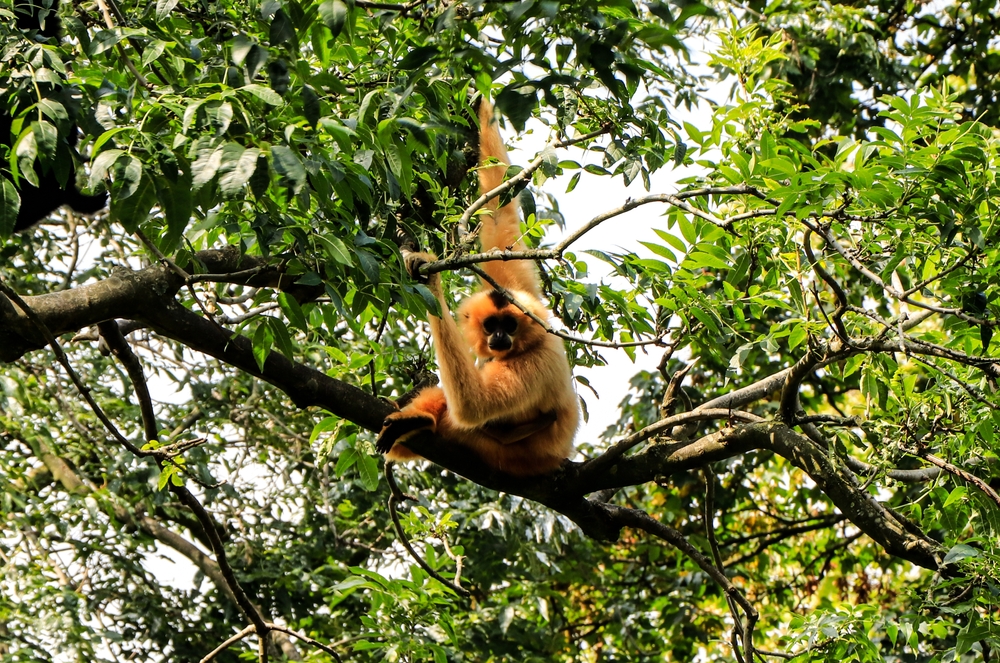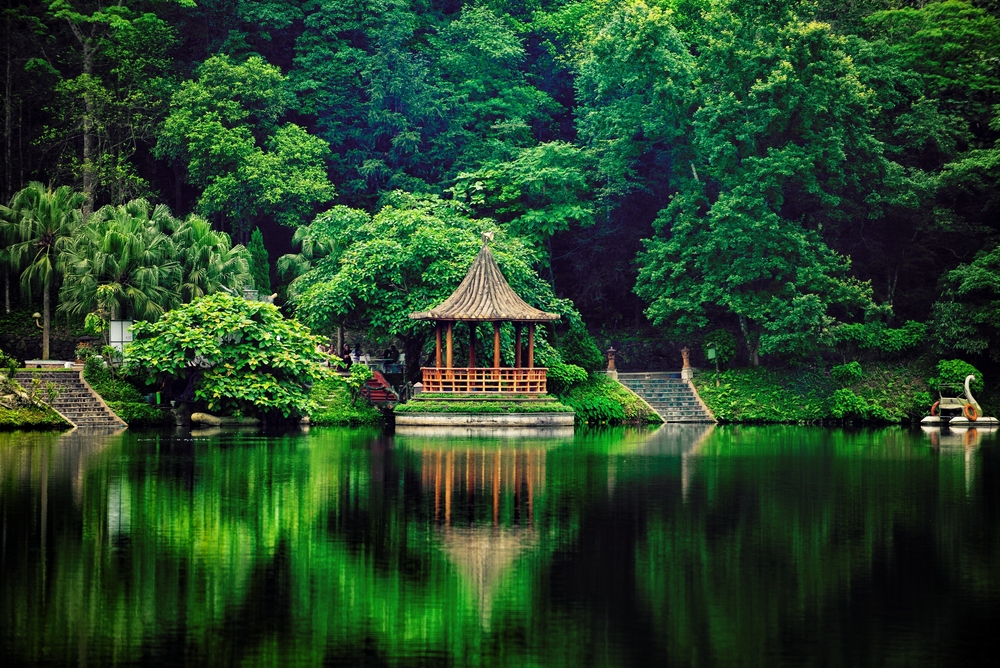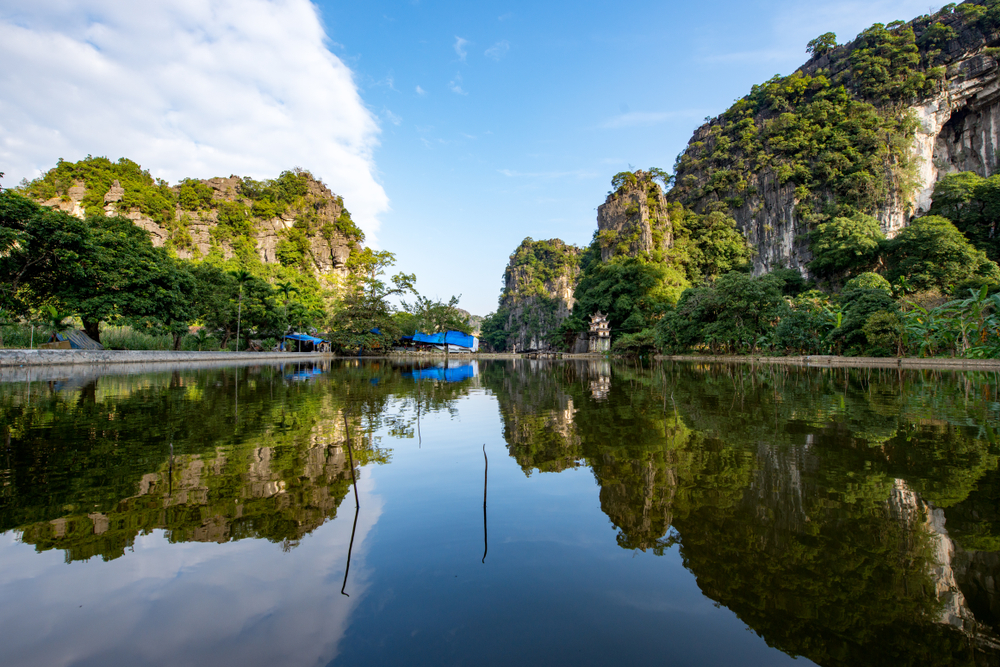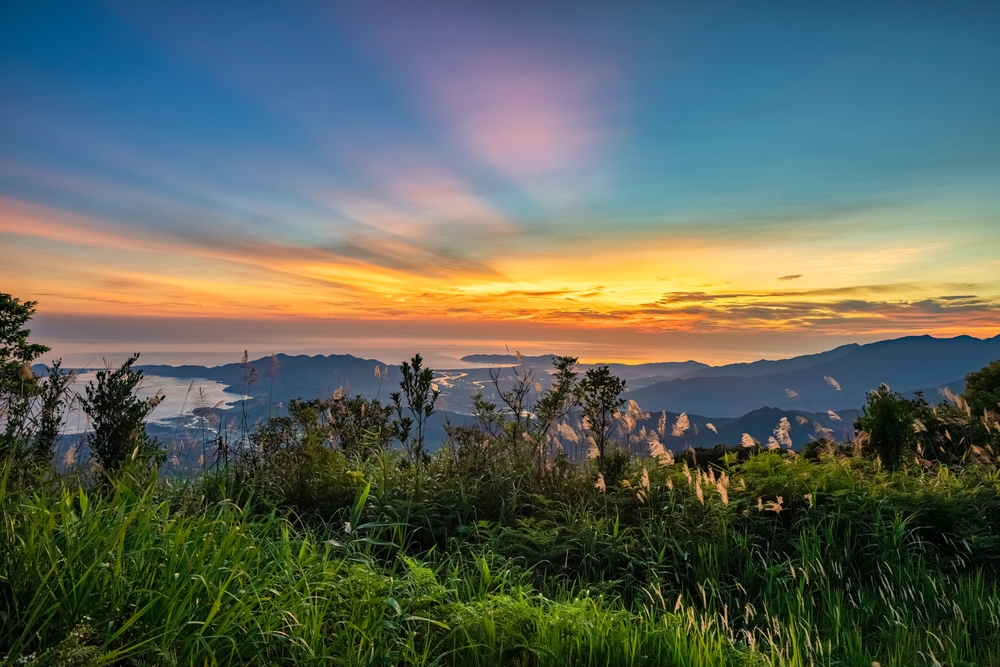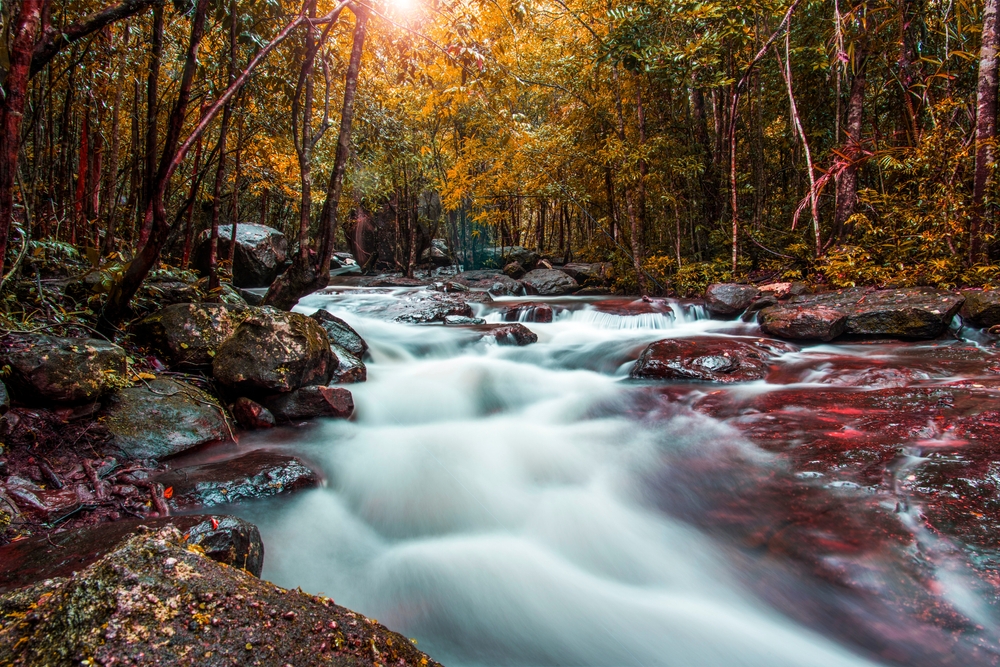Phước Bình Overview
Phước Bình National Park, known locally as “Vườn quốc gia Phước Bình,” is a remarkable protected area in Vietnam. Spanning approximately 95 square miles (246 square kilometers), it is located in Ninh Thuận Province, within the south-central region of the country.
Nestled in the foothills of the Annamite Mountains, the park is characterized by its rugged terrain, lush forests, and unique biodiversity. Its position in the transitional zone between the Truong Son Mountain Range and coastal lowlands makes it a hotspot for ecological diversity and natural beauty.
The landscapes of Phước Bình National Park range from rolling hills and steep mountains to verdant valleys and clear rivers. The highest peak within the park is Núi Chúa (Mount Chua), which rises to an elevation of 1,378 meters (4,521 feet). Rivers like the Tà Lâm and Đa Nhim carve through the terrain, creating picturesque waterfalls and serene swimming spots.
The park’s dense vegetation includes evergreen forests, mixed deciduous woodlands, and unique tropical flora. This diverse plant life is vital for the park’s ecosystem, providing habitats for its extraordinary wildlife.
Phước Bình is a haven for wildlife enthusiasts, with an impressive array of species to observe. The park is home to several rare and endangered mammals, such as the gaur (Bos gaurus), the yellow-cheeked gibbon (Nomascus gabriellae), and the Sunda pangolin (Manis javanica).
Birdwatchers will be delighted by sightings of vibrant species like the great hornbill (Buceros bicornis), the crested serpent eagle (Spilornis cheela), and the endangered green peafowl (Pavo muticus). The park’s biodiversity extends to reptiles, amphibians, and insects, further highlighting its ecological importance.
One of the park’s most popular features is the Phước Bình Waterfall, where visitors can marvel at cascading waters and enjoy the serene ambiance. Cultural tourism also plays a significant role, with local ethnic communities like the Churu and Raglai offering insight into their traditional ways of life through homestays, crafts, and performances. Trekking, birdwatching, and guided wildlife tours are among the leading activities for visitors, allowing them to immerse themselves in the park’s natural and cultural wonders.
Conservation efforts in Phước Bình National Park have achieved notable successes, particularly in combating deforestation and protecting endangered species. The park’s management collaborates with local communities to promote sustainable practices, reducing human impact on the environment. However, challenges such as illegal logging, poaching, and climate change continue to pose threats to the park’s delicate ecosystems. Despite these difficulties, Phước Bình remains a shining example of Vietnam’s commitment to preserving its natural heritage for future generations.








































































